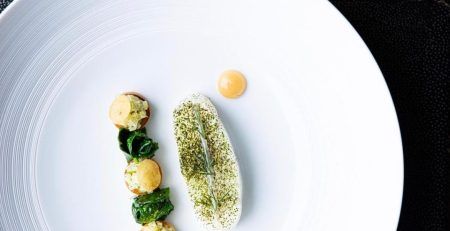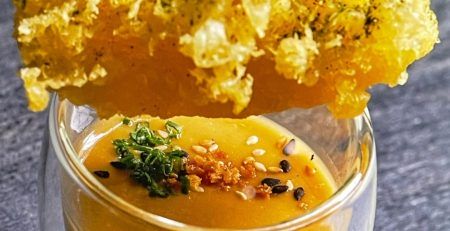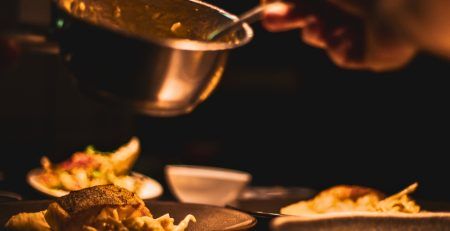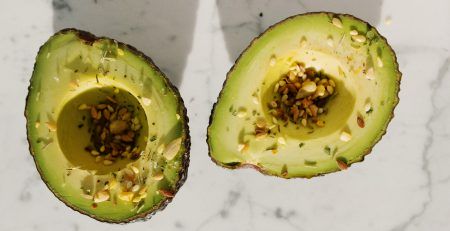Anton Ego quickly captures attention. He is a famous food critic from the animated film Ratatouille. His character embodies a distinctive, intimidating presence and refined taste. Does this portrayal accurately represent food critics? No, but pop culture has successfully perpetuated this image. It portrays him as a destroyer, whose reviews can lead the chef and the restaurant into the abyss of non-existence. On the other side, we have lively, smiling culinary influencers. They showcase well-presented dishes and locations, shaping opinions and creating the desire to ‘be-there’.”
Food critics – the oldschool
According to Wikipedia, the terms food critic, food writer, and restaurant critic can be used to describe a writer who analyzes food or restaurants and then publishes the results of their findings.

Critics are expected to possess extensive knowledge and experience in various cuisines, cooking techniques, ingredients, and culinary trends. They typically visit restaurants anonymously to ensure an authentic dining experience and to be treated like everyone else. They evaluate various factors, including the quality of the ingredients, the execution of the dishes, the atmosphere of the premises, the level of service provided by the staff, and the value for money. Their criticism can have a significant impact on a restaurant’s reputation and success.
“Digital platforms have made critics like me increasingly obsolete. Anyone can publish and distribute their work; there is chaos there”
critic Adam Platt
For much of the past century, food critics writing for daily newspapers around the world and a few restaurant reviewers for influential magazines such as Gourmet in the United States have been the most visible. However, with the development of social media and online platforms, the role of eating, judging, or simply showcasing places worth visiting has changed. Critics have lost their status quo. Now, everyone can share their culinary experiences and opinions, and culinary bloggers, vloggers, and influencers with more followers have started to reach a wider audience. After all, the Internet is not limited to one column a week and several dozen sentences about a selected restaurant.
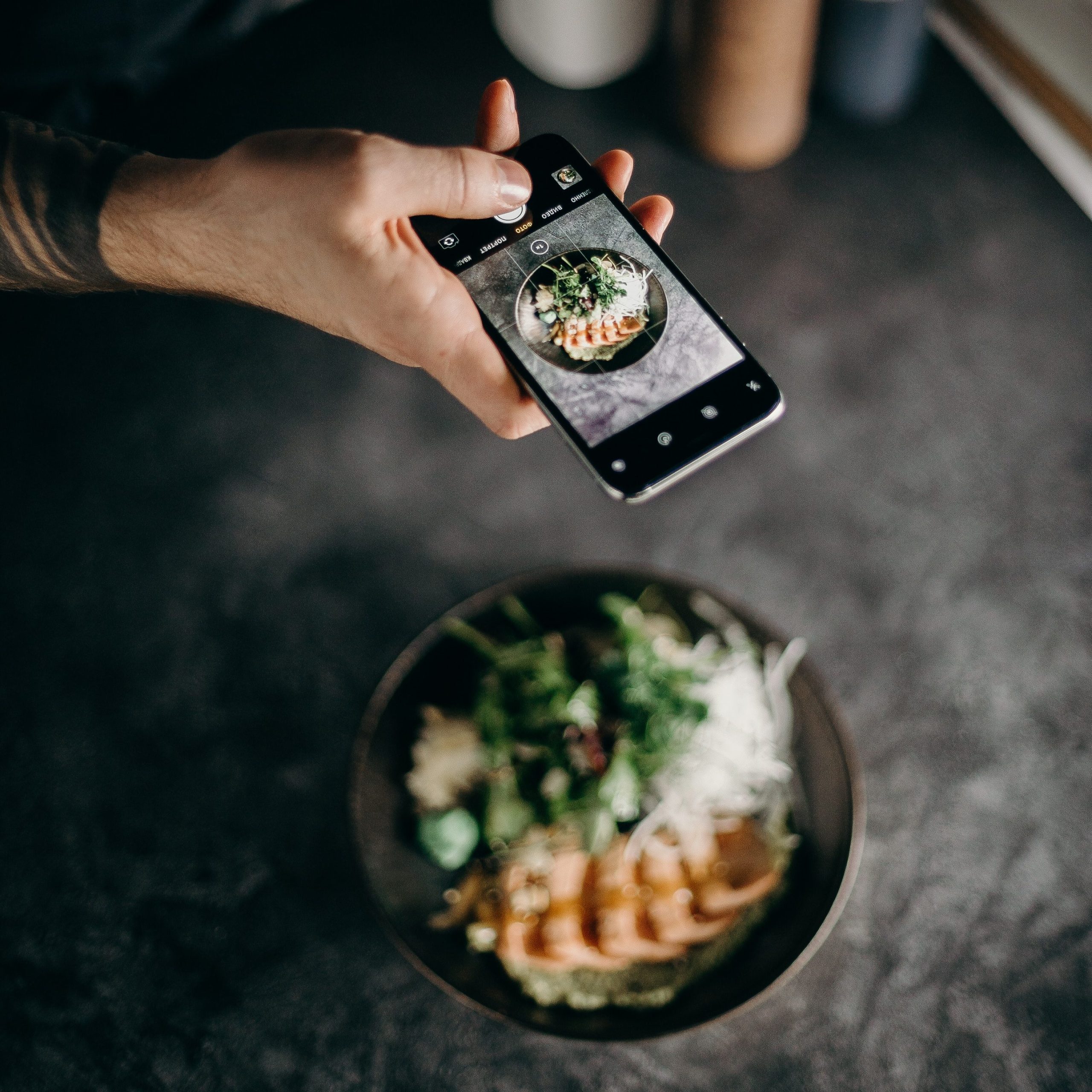
#foodstagram – 117,758,885
Food critics appear to find themselves stuck in the world of old media. Alongside these changes, chefs have seized opportunities by appearing on television, radio, and the internet. We have encountered excellent sommeliers, managers, and waiters, and we have gained insights into dishes like beef wellington and the workings of a restaurant. All of this you can experience comfortably from home, while watching TV or scrolling through Instagram. Culinary programs and chef competitions receive high ratings, indicating people’s genuine interest in food and the gastronomic culture, customs, practices, and knowledge that inspire it.
Food influencers have found a gap they are filling. They visit places where critics would often not go, expressively use their reach and thus expand their audience. They know how to fully utilize the potential of social media.
“I don’t like to judge places where owners invite me. It’s hard to be objective in such cases”
critic Andy Hayler
However, as recipients, we must be vigilant. In the virtual world, the currency is like, not reliable truth. Sponsored posts are nicely powdered advertisements of places and things. Barter cooperation also exists, where payment or a free meal is offered in the exchange for reports from the place. Food influencers make money on their social media platforms, so posting means getting paid. Business is business, and there is no solution to it. Therefore, as consumers, we must make choices with common sense.

Who do you trust?
The role of the food critics differs from that of food bloggers, vloggers, and influencers. Ultimately, it is up to us to decide whom to trust. However, we must remember that the medium is not the only difference between them. Journalists stand behind the stage, on which they put on the best spectacle of a given restaurant or chef. Influencers stand on this stage together with the place or even more in the foreground because they are the brand. They become live advertisements or anti-advertisements of places.
The landscape of food criticism has transformed with the rise of food influencers and the digital age. The traditional role of critics is evolving, and the influence of social media has given rise to new forms of opinion-making. As consumers, we need to exercise critical judgment and consider the authenticity and motivations behind the content we encounter. Ultimately, the choice of whom to trust lies in our hands.
https://www.latimes.com/food/story/2022-09-11/what-restaurant-critics-are-saying-about-food-influencers
https://emilywelsch.medium.com/the-influencer-and-the-critic-is-social-media-making-food-journalism-obsolete-7678ac810d23
https://en.wikipedia.org/wiki/Food_critic
https://www.uol.com.br/nossa/colunas/rafael-tonon/2023/05/24/criticos-gastronomicos-de-instagram-rendem-likes-mas-nao-credibilidade.htm?fbclid=IwAR3LuM-vBCKPmynIGmNIyURh5Xf4eTxwCAjvE293BcajLLNO8gVcDugXSew

